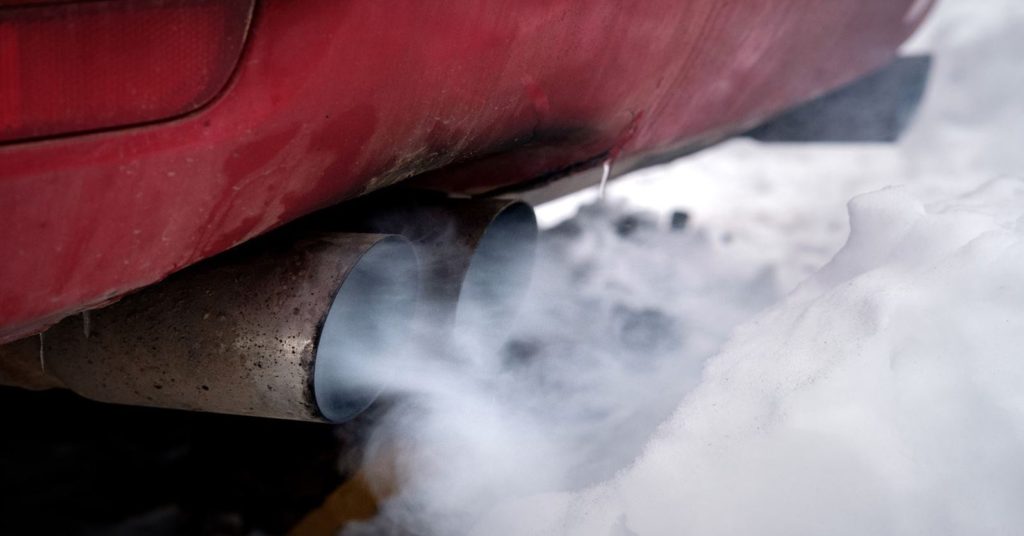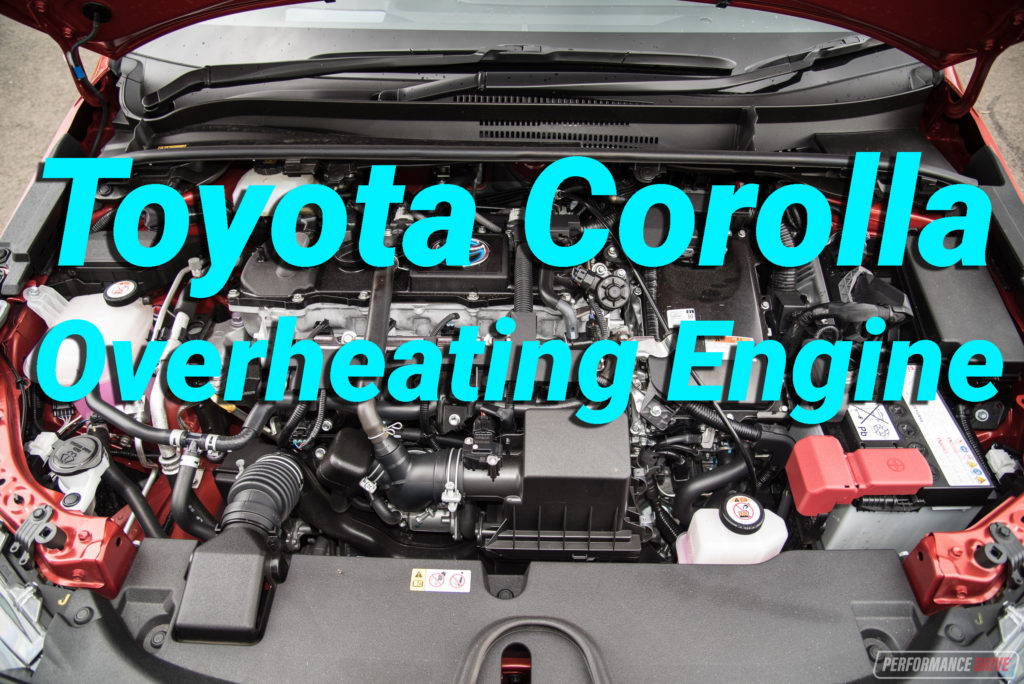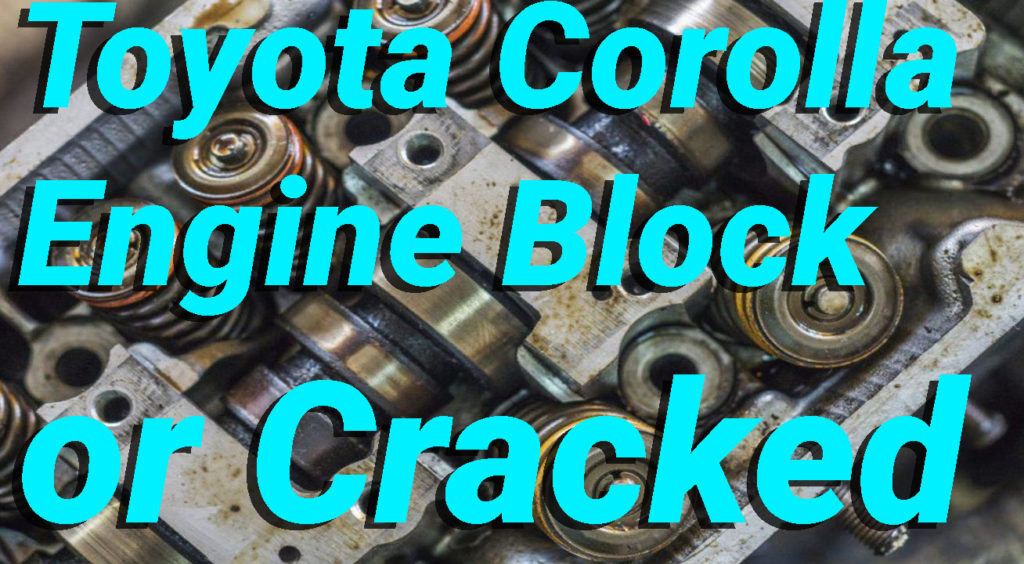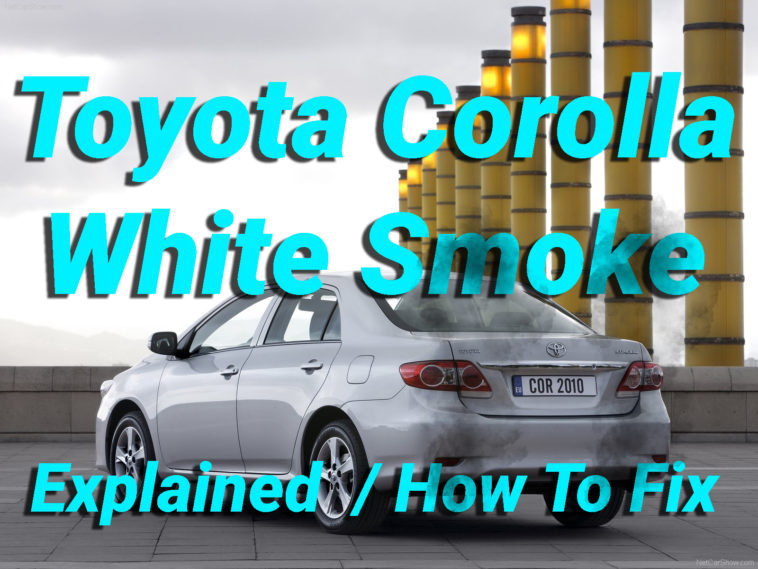Introduction
You can identify the health of your Toyota Corolla‘s engine and its emission systems with the help of the color of your exhaust. In the case of thick white smoke from the exhaust, it doesn’t mean you necessarily need to worry, but it can be a reason for big trouble. Take into account that you have to look into the potential causes of smoke.
Types of White Smoke

There are some common reasons behind the emission of smoke. Bear in mind that smoke is normal most of the time. But, you have to suspect that whether the smoke is thick or thin.
- Thin smoke emits, especially in a colder climate, until your engine warms up as you start your vehicle. In this case, smoke emission is a natural combustion process.
- If you observe a thick smoke, pillowy in texture, never ignore it. Now you need to ask your mechanic for further examination.
Common Reasons of Toyota Corolla White Smoke
Overheating Engine

Most often, thick smoke is the sign that shows your engine is overheating. To detect this issue, check the temperature gauge. If you don’t have a gauge, then you have to check the warning light. In case if your engine is overheating, you have to shut it off as early as you can. Having a slight delay can cause massive damage to your vehicle’s head gasket.
Blown Head Gasket

Mostly, a head gasket blows when the engine is already overheated. If there is any issue with this component, remember that you may have to face more than just smoke. Typically, thick smoke is one of the most visible symptoms of a blown head gasket. Having other problems with your vehicle’s gasket can show any of the following symptoms:
- Milky or buttery white oil.
- Lack of engine power.
- Occurrence of bubbles in the radiator.
- Overheating engine.
- Loss of engine coolant.
- Choppy and Rough idle.
Be aware of all of its symptoms and never ignore them. Because the engine coolant leaks into the vehicle’s oil system and the oil will lose its capability to lubricate the engine, eventually, your Toyota Corolla engine will cease.
Engine Block or Cracked Head

Billowing out of smoke when the engine is running rough usually indicates the cracked head of your car. Reckon that its symptoms are quite similar to that of a blown head gasket. To detect this issue, you must check the oil and examine whether it has some bubbly texture or milky. After that, you have to ask your mechanic to go for a compression check.
Damaged Cylinder Head

Most of the explosive actions occur in the cylinder head because the combustion chamber is located inside it. Extremely warped or cracked cylinder heads can make the engine lose compression due to a lot of heat. Don’t forget that overheating can put undue stress on all the engine’s metal parts, specifically, the cylinder head, which is present at the center of the heat generation chamber in your vehicle.
Generally, excessive heat depicts the failure of the cooling system that can ultimately damage the head gasket and crack the cylinder head. The parts warp and pressure buildup. This issue is complicated to fix because the heads have precisely milled surfaces to fit with other connecting components properly. Replacing the head altogether is a wise option. If your car is too old or has a bad condition, consider buying a new vehicle.
How to Fix It?

First, you have to check the level of coolant. If you feel that level is low but do not notice coolant leakage, then leakage is due to damage to the head gasket, engine block, or cylinder head. It is advisable to purchase a leak detector kit for the engine block that can help you know whether the coolant is contaminated or not. If the coolant level is adequate, inspect other parts. You should perform a cooling system pressure check to locate which part is leaking.
With the help of the following steps, you can troubleshoot the issue. You can also go over the detailed fixation process.
Replacement Of Intake Manifold Gasket
Check out any crack in the manifold gasket. Remember that the gasket is usually made of plastic and rubber, and excessive heat can easily damage it. Fortunately, if you notice the issue at an early stage, you can easily repair this part. You may have to invest $190 to $540 for the replacement of the gasket.
Replacement Of The Head Gasket
Now, you have to examine the head gasket that prevents the coolant from getting towards the cylinder. If you find any crack, you have to replace it immediately because its replacement is far easier and cheaper than repair. For the replacement of this component, you may have to expend $1,600 to $2,000.
Check Out The Cracks In The Cylinder Heads
Keep in mind that this part is significant because it connects the head gasket and engine block. As it is made of aluminum, overheating can easily break and warp it that ultimately generating smoke. You can easily repair it within the budget of $500 – $1,000, while its replacement will cost around $2,800 or $3,200. So it is better to repair than replace.
Examine The Engine Block
Resolving this issue requires professional help because of the lengthy and complex procedure. In both cases, either replacement or repairing, it is pretty expensive. Generally, you may have to spend around $2,500 – $4,000 for a fix. After all, it requires a high labor cost depending on the model of your vehicle because, in some models, it is tough to manage this issue.
Conclusion

Be mindful that thick smoke emission is alarming, but sometimes it may be inert. Fix your appointment with your mechanic if you are not sure about the texture of typical white smoke. Reckon that you can’t ignore a blown head gasket, overheating engine, or cracked head cylinder because it can entirely ruin your car operations.


